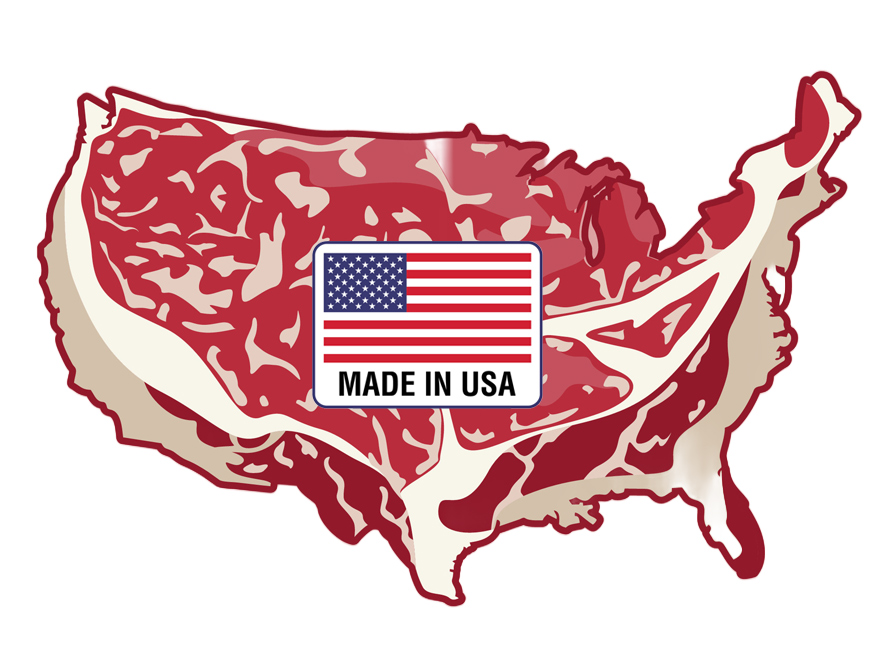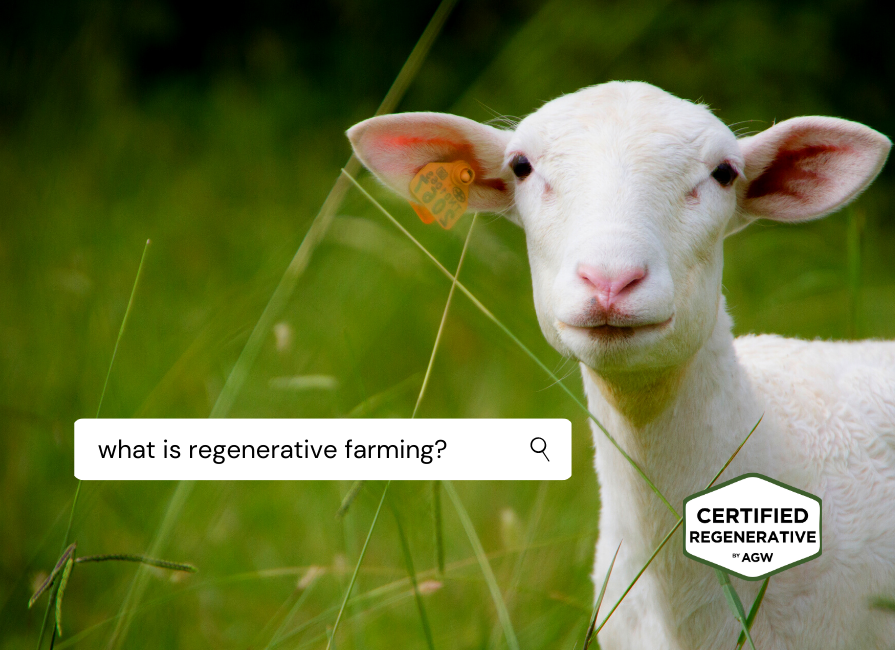In today's increasingly food-conscious world, consumers expect a label to mean what it says—including the…
The FDA Fails the Public on Antibiotics Once Again
 Forgive me if you don’t see me jumping for joy at the U.S. Food and Drug Administration’s (FDA) recent announcement that it intends to limit the use of a specific group of antibiotics in livestock production.
Forgive me if you don’t see me jumping for joy at the U.S. Food and Drug Administration’s (FDA) recent announcement that it intends to limit the use of a specific group of antibiotics in livestock production.
For while the FDA’s decision to curb the use of cephalosporins in food animal production beginning April 2012 has been hailed as positive step in the right direction, I’d say it’s more a shuffle forwards – and a very reluctant one at that.
“We believe this is an imperative step in preserving the effectiveness of this class of important antimicrobials that takes into account the need to protect the health of both humans and animals,” pronounced Michael R. Taylor, the FDA’s Deputy Commissioner for Foods, in the FDA press release. Now, as regular readers of my post will already know, I am passionate about the urgent need to curb the misuse of antibiotics in intensive farming systems. So what’s my problem with the FDA’s recent actions? After all, surely this is good news?
As various commentators – including Tom Philpott and Mary McKenna – have already pointed out, I am afraid that cephalosporins are nothing but small fry when it comes to overall antibiotic use in intensive farming. During 2009 alone, the FDA revealed that 80% of all antibiotics produced in the U.S. were used for animals – that’s an incredible 28,820,000 pounds out of the 36,080,000 pounds produced. Yet cephalosporins amounted to just over 91,000 pounds of this total – less than half of one percent of all antibiotics used in the U.S. The FDA’s latest figures also reveal that cephalosporin use has decreased even further during 2010 to just over 51,000 pounds. To make matters even worse, the FDA’s announcement is actually a (less strict) rehash of proposals that were first announced in 2008, and which were immediately recalled after the usual uproar from the intensive farming industry lobby.
So what’s the real outcome of the FDA’s recent action? Well, certainly some positive media fluff for the FDA for appearing to take a stand by banning a minor antibiotic that was clearly already losing favor within the industry, yet a minimal impact on the day-to-day workings of the intensive farming industry. A cozy coincidence? I wish it was.
This rather insignificant move forward comes after a pre-emptive giant leap backwards made on December 22, 2011, just as most of us were focusing on the upcoming holiday period. Notably without any accompanying press release or media fanfare in this instance, the FDA quietly announced in the Federal Register that it was withdrawing its long-standing intention to compel intensive farms to limit certain uses of the key antibiotics penicillin and tetracyclines for food-producing animals – an objective originally set in motion more than 30 years ago when government FDA scientists first began to fully appreciate the risks to human health from the laissez-faire non-therapeutic use of antibiotics in industrial farming.
We all know the story since then: over the years, the FDA has time and again cowed down to powerful political and legal pressure from the multi-billion dollar intensive farming industry lobby and its paid-up politicians, as antibiotic use in farming continued to spiral out of control in the pursuit of ever-cheaper protein and ever-increasing profit – not to mention the impact of intensification on animal welfare, our health and the environment. In its recent announcement the FDA warns that while it has not “ruled out” future regulatory action, it will instead “focus its efforts for now on the potential for voluntary reform and the promotion of the judicious use of antimicrobials in the interest of public health.” I bet Big Ag’s CEOs are quaking in their boots.
Voluntary reform? Call me a cynic but the FDA has got to be kidding. Despite decades of mounting evidence and the emergence of a global scientific consensus that the routine non-therapeutic use of medicinally important antibiotics on industrial farms across the world is leading to the development of life-threatening multiple antibiotic-resistant bacteria, the powerful U.S. intensive farming lobby continues to aggressively dismiss the science and deny any possible risks to human health – just as the tobacco industry did in the 1970s.
While the FDA’s announcement of limitations for the use of cephalosporins in food animal production might well be a small step in the right direction, the FDA continues to show that it has no teeth when it comes to ensuring that the intensive farming industry puts human health before profit, so that these vital medicines can remain effective for as long as possible. Even the Government Accountability Office recently concluded that key government agencies – including the FDA – are simply not doing enough to combat the growing threat of antibiotic resistant bacteria to public health, and that “antibiotic use in food animals contributes to the emergence of resistant bacteria that may affect humans.” Far from being the proud industry watchdog working on behalf of U.S. citizens, the sad reality is that the FDA is happy to play the role of Big Ag’s lapdog.


